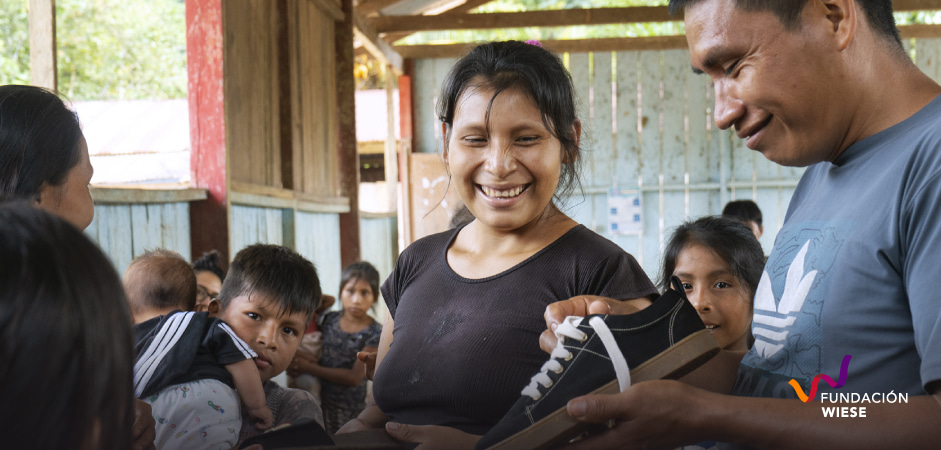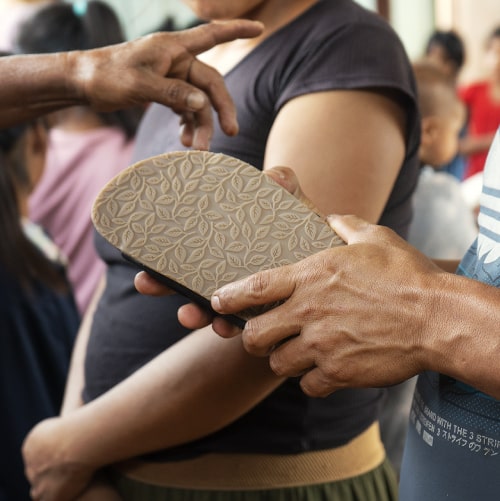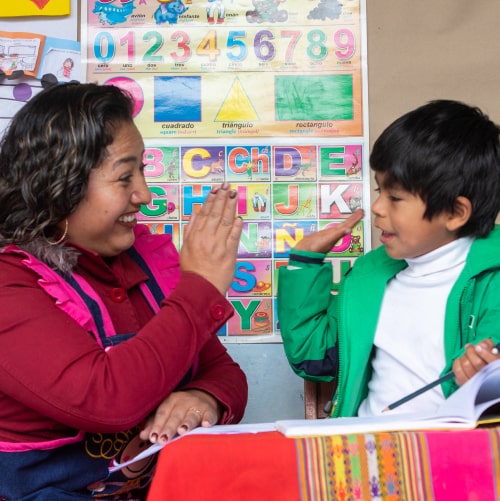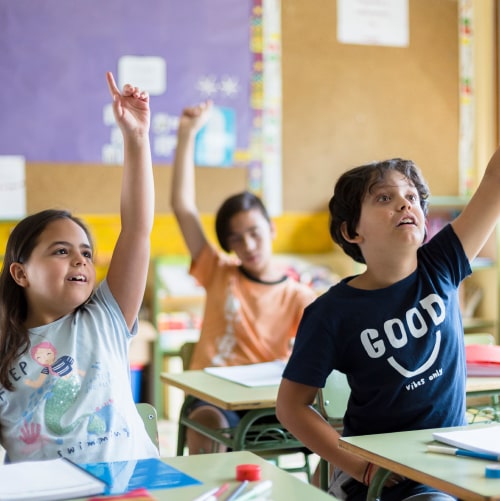One of the world’s most impressive natural wonders, the Amazon, houses a rich biodiversity and is home to numerous indigenous communities that have depended on its resources for centuries. However, this natural treasure faces a serious problem: deforestation. The indiscriminate logging of trees for economic activities such as agriculture, cattle ranching and mining has led to the loss of vast areas of forest, putting the wealth of the region at risk and threatening the way of life of local communities.
In the midst of this worrying reality emerged Caxacori Studio, a sustainable fashion company with an innovative approach to the preservation of the Amazon forest and the well-being of its native communities, especially the Awajún communities, dedicated to the use of the shiringa tree. Moreover, Caxacori Studio is one of the seven social enterprises that is in the pre-acceleration stage of the Entrepreneur Fund, an innovation program of the Wiese Foundation that aims to train, finance and provide professional support to social enterprises in Peru.
As part of the due diligence process, last July, the Wiese Foundation’s Entrepreneur Fund team visited the province of Condorcanqui in the province of Amazonas, which is considered to be one of the 20 poorest in Peru, according to INEI (National Statistics and Informatics Institute) (2018). The aim of the visit was to better understand the work of the social enterprise in the native Saasa community, Kusumatak annex. During the visit, the team assessed the relationship between the social enterprise and the community, as well as the impact that Caxacori has on families in the area.
Who are the Awajún and how do they struggle for the conservation of their ancestral territory?
The Awajún people, also known as Aguaruna, are the second largest Amazonian indigenous people in terms of demographics in Peru, after the Ashaninka. They stand out for their deep commitment to the defense of their ancestral territory and the protection of the natural resources that surround them. However, they face significant challenges due to external pressure to exploit the region’s resources.
Caxacori Studio recognizes the importance of supporting the efforts of the Awajún communities in the conservation of their lands and natural resources. The company has established a collaborative partnership with these communities to promote the sustainable collection of latex from shiringa trees and use it for the creation of fashion products, rather than cutting down the trees for wood or other unsustainable materials. Currently, Caxacori Studio employs 59 Awajún families and, through the aforementioned agreement, seeks to contribute to the preservation of 7,602 hectares of the Amazon forest.

The shiringa, or rubber tree, is a species that grows wild in the Amazon and contains a milky liquid called latex. The extraction of latex is done in an artisanal and sustainable way, without damaging the trees. Awajún communities carefully collect latex from trees during the dry season, from April to November. Then, the latex coagulates and is spread into sheets that are used for the creation of various fashion products, such as soles and footwear.
Furthermore, Caxacori continues to explore new derivatives based on shiringa that can be worked on within the community. Such is the case of shiringa bio-leather, a new material that is hoped to become the main input of accessories such as backpacks and purses, among others and that would generate additional income to the Shiringuera partnership.

The sustainable approach of Caxacori Studio and its positive social impact
Caxacori Studio has become a prominent example of how a fashion company can approach sustainability and social impact holistically. Its approach goes beyond the mere production of fashion accessories because it seeks to generate a positive impact on the environment and society.
By promoting sustainable latex harvesting instead of cutting down trees, Caxacori Studio contributes directly to the conservation of the Amazon forest, protecting biodiversity and reducing deforestation in the region.

But Caxacori Studio’s commitment goes beyond environmental sustainability. The company cares deeply about the well-being and empowerment of Amazonian communities. By working directly with Awajún families, Caxacori Studio provides a sustainable business opportunity that respects the environment and the people.
Collaboration with native communities is not limited to latex collection. The social enterprise has established a close relationship with the Awajún families, promoting fair and ethical business practices that ensure mutual benefit. The Amazonian families that work with Caxacori Studio receive fair payment for the latex collected, which gives them a source of economic income that does not depend on the exploitation of natural resources in a destructive way.

In summary, the collaborative and respectful approach of Caxacori Studio to the Awajún native communities is an inspiring example of how companies can make a difference by promoting responsible business practices and environmental conservation. With its work, the company is leaving a positive mark in the heart of the Amazon and contributing to the well-being of the communities that call this wonderful region their home. If you want to know more about their work and social impact, go to their website, here.
You may also be interested in these topics:









